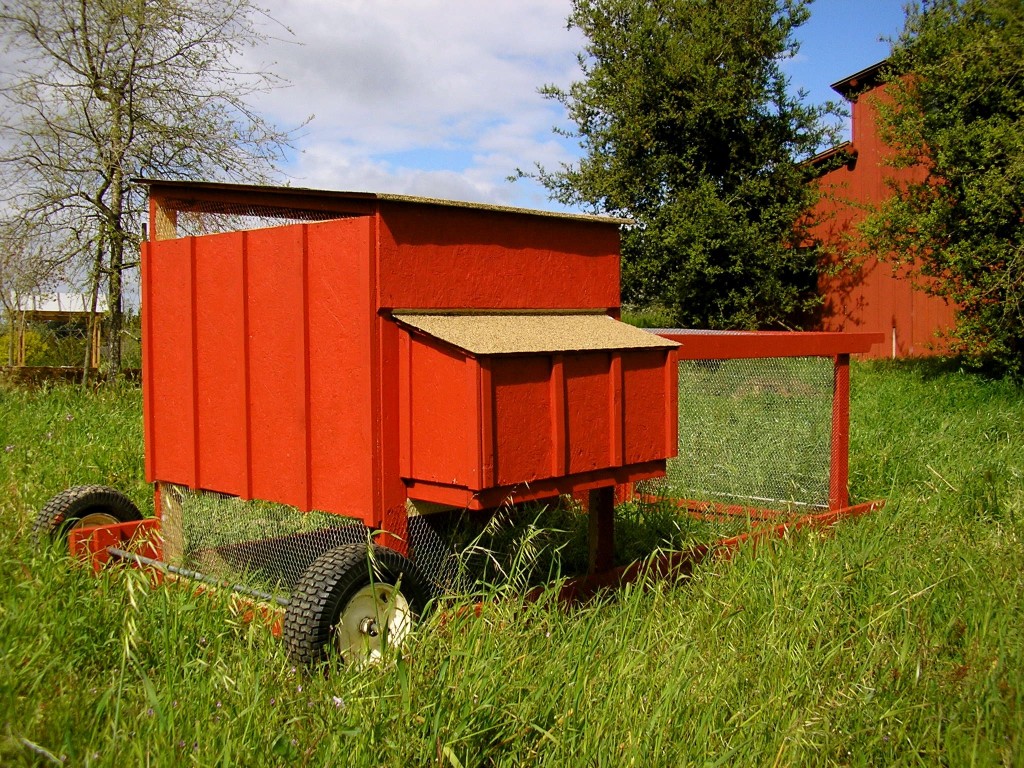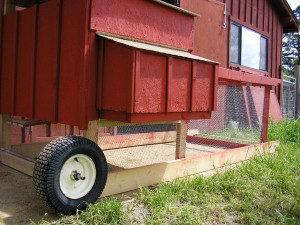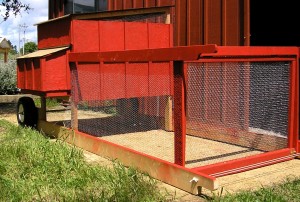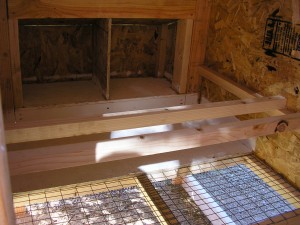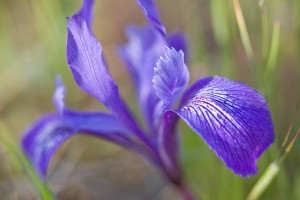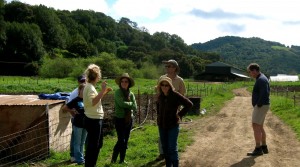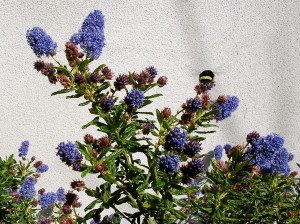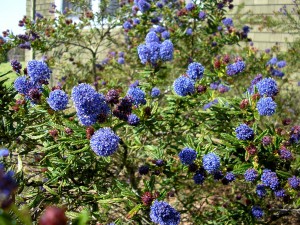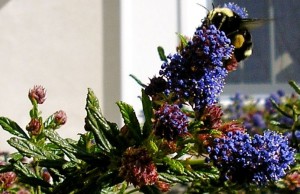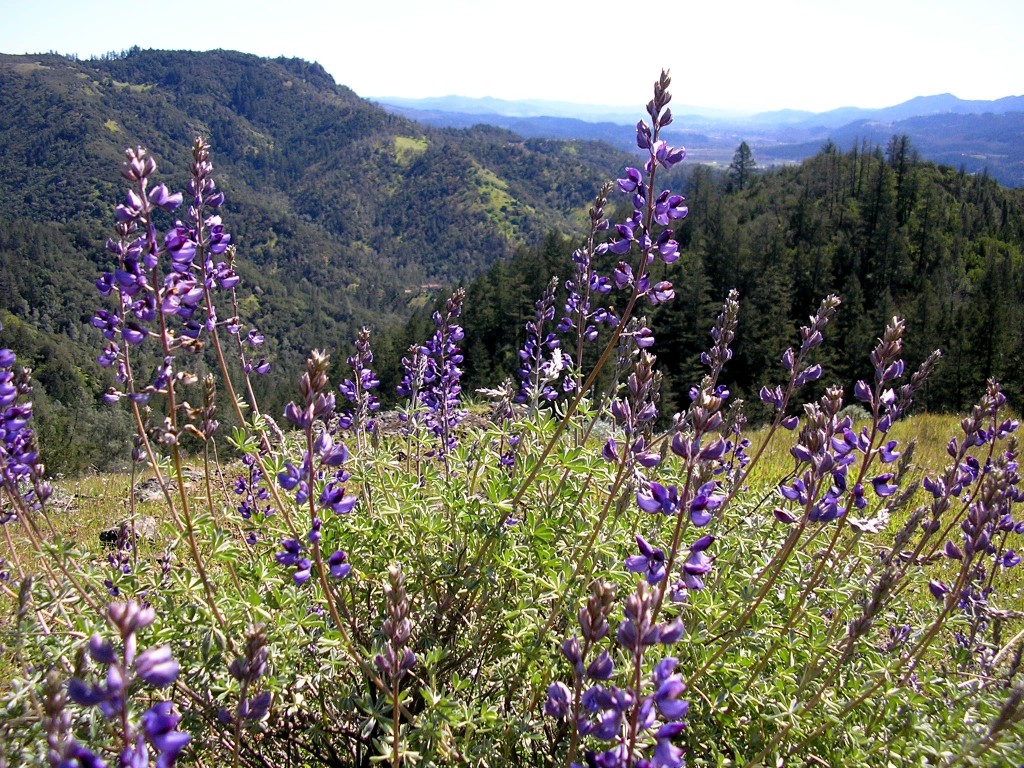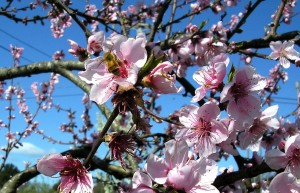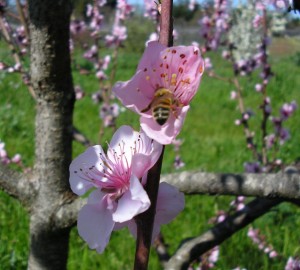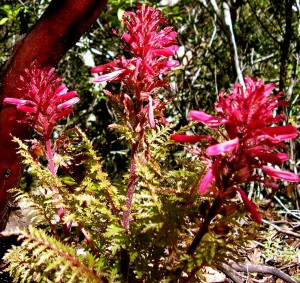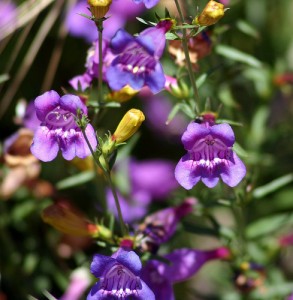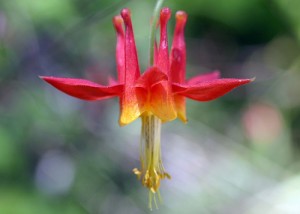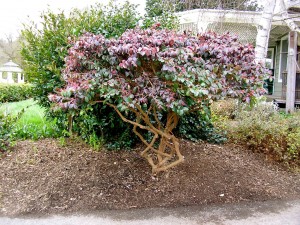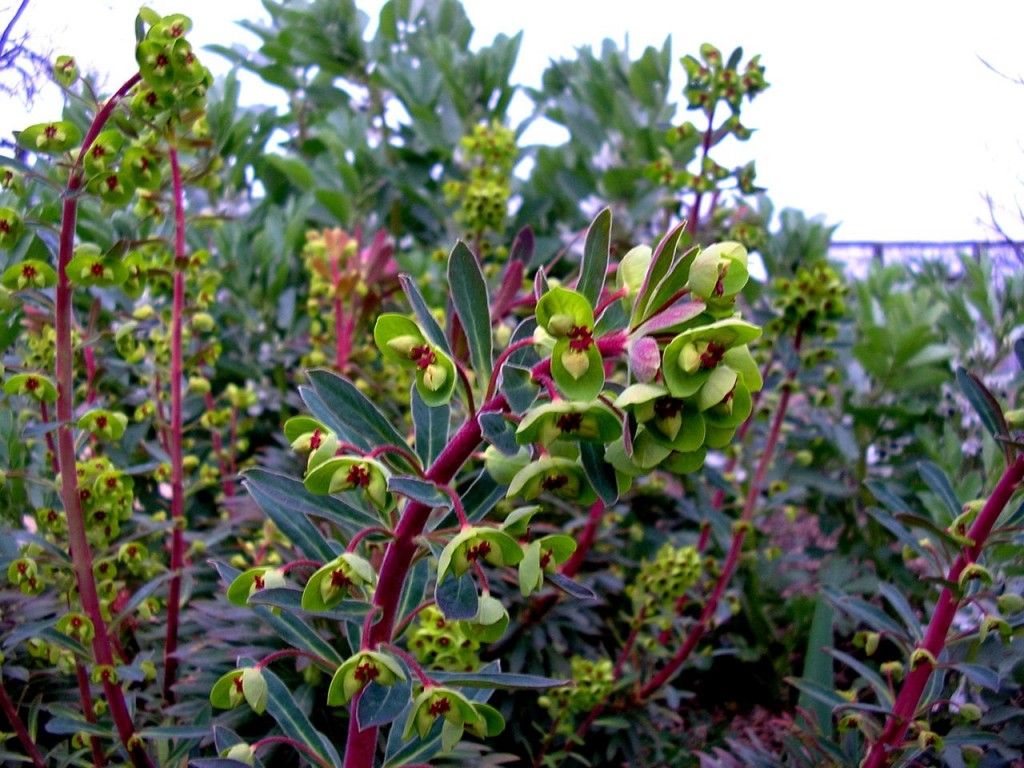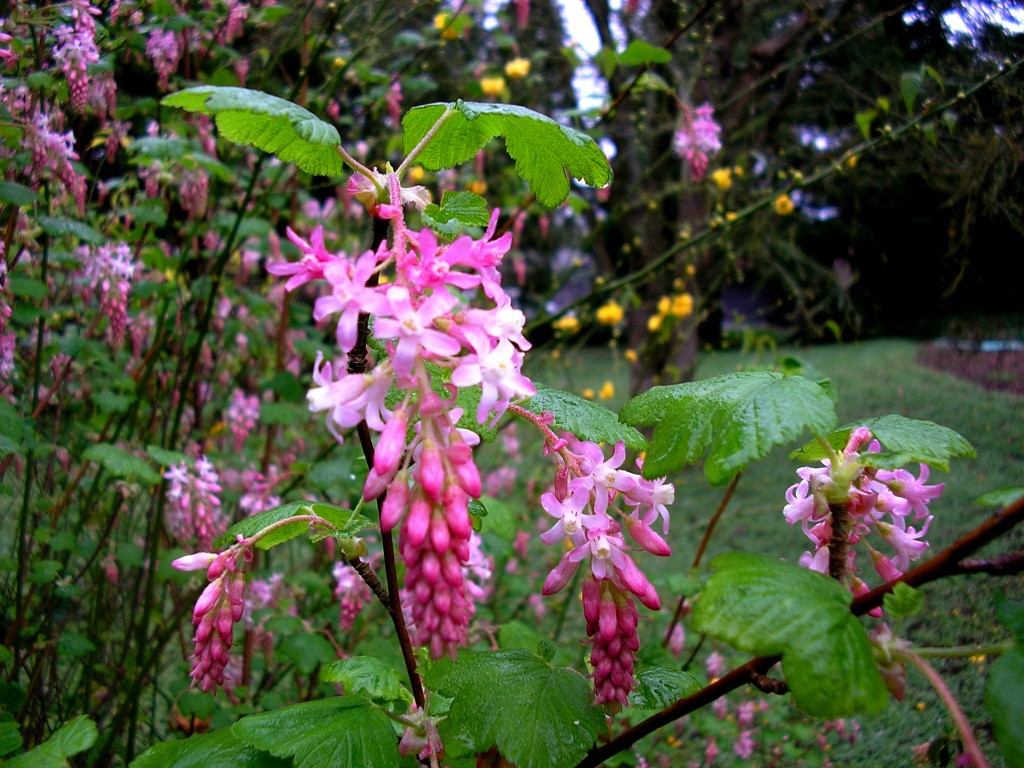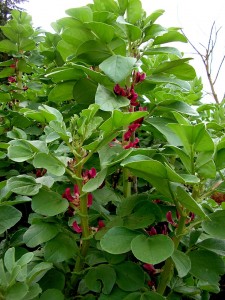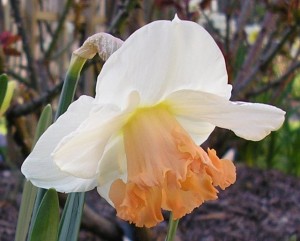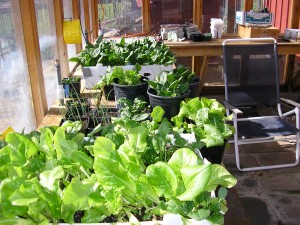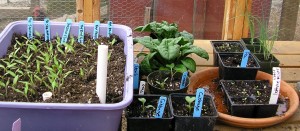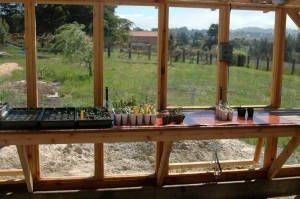With the arrival of Fall, many perennials are finishing their bloom, while the native plants are just waking up. Fall is a good time to prune many evergreen plants, a list of which I’ve compiled below. I like to leave many plants unpruned this time of year for interest and to let plants rest. Consider letting roses form attractive hips, allowing birds to feast on sunflower seeds, and letting the spent flower stalks of echinacea and black-eyed susans provide structure. Fall is also an excellent time to divide many bulbs and perennials, such a Shasta daisies and coral bells. Finally, Fall is a good time to add compost and other mulches to suppress weeds and enrich the soil. Check the Sonoma Compost link on the right for organic, lab tested soil products.
Fall Pruning of Shrubs and Perennials:
Flowers: Nemesia, gaillardia, bidens
Bulbs: Crocosmia, gladiola watsonia, cut once stalk has turned brown
Herbs: Nepeta, oregano, thyme, Exception: salvia (wait till spring)
Shrubs: Mallow, butterflybush, viburnum, hebe, artemesia.
Dividing bulbs succculents and perennials:
-Shasta daisies, herbs, heuchera.
-Bulbs: dahlia, gladiolas.
-Succulents like echeveria (hens and chicks)
Mulching:
Why mulch?
-prevents weeds
-insulates soil from heat and cold
-adds organic matter (builds humus)
-acts like a sponge increasing water absorption and reducing runoff
-looks attractive
-replenishes nutrients
These benefits vary according to the type of mulch that you choose:
Wood chips:
-United Forest Products
-Sequoia woodland mix
Nutritious mulch:
-compost
-homeade
-Screened early mulch
Green Mulch: Cover Crop
-clover
-fava beans
-blend
-buckwheat
-purple vetch
